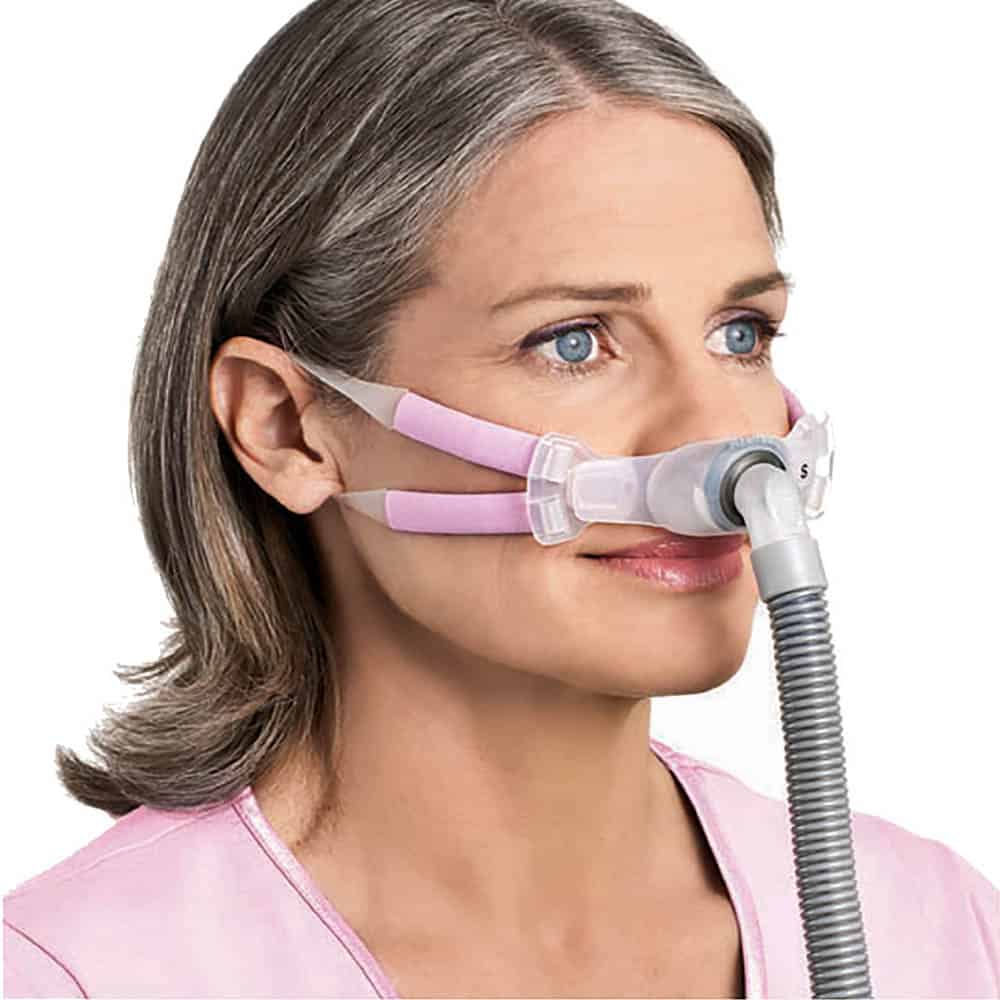
Sleep apnea is a common sleep disorder where breathing repeatedly stops and starts during sleep. This can lead to fragmented, poor-quality sleep and daytime sleepiness. One effective treatment for sleep apnea is using a sleep apnea machine, also known as a Continuous Positive Airway Pressure (CPAP) machine. These devices work by delivering a constant flow of air pressure to keep the airways open during sleep, effectively preventing breathing disruptions that occur with sleep apnea. By ensuring proper airflow and better breathing patterns, sleep apnea machines help individuals experience more restful and uninterrupted sleep.
If you or a loved one are dealing with sleep apnea, utilizing a sleep apnea machine can significantly improve your quality of life. The key is understanding how to properly use and maintain these devices to maximize their benefits. Whether you’re new to using a sleep apnea machine or looking to enhance your existing routine, this ultimate guide will provide you with essential information and practical tips for making the most out of this valuable sleep apnea treatment.
How Sleep Apnea Machines Work
Sleep apnea machines, also known as CPAP machines, operate by delivering a steady flow of pressurized air through a hose to a mask worn over the nose or both the nose and mouth during sleep. This continuous positive airway pressure (CPAP) keeps the airways open and prevents pauses in breathing that are characteristic of sleep apnea.
By maintaining a consistent level of pressure, sleep apnea machines help to prevent the collapse of the upper airway, ensuring that the individual can breathe smoothly throughout the night. This continuous flow of pressurized air acts as a splint for the airway, preventing obstructions and allowing for unrestricted airflow, resulting in improved quality of sleep and overall health. 睡眠呼吸機
Sleep apnea machines often come equipped with features such as humidifiers to add moisture to the air, making the therapy more comfortable. Additionally, some machines have adjustable settings to calibrate the pressure levels according to individual needs and comfort preferences, ensuring an effective treatment experience for those with sleep apnea.
Benefits of Using a Sleep Apnea Machine
Many people find relief from sleep apnea symptoms with the help of a sleep apnea machine. These devices work by delivering a continuous flow of air to keep the airways open during sleep, allowing for uninterrupted breathing throughout the night. By using a sleep apnea machine, individuals can experience improved sleep quality and wake up feeling more rested and refreshed.
One of the main benefits of using a sleep apnea machine is the reduction of snoring. Snoring is a common symptom of sleep apnea and can disrupt not only your sleep but also that of your partner. With the consistent air pressure provided by the sleep apnea machine, snoring can be minimized or eliminated, leading to quieter and more peaceful nights for both individuals.
In addition to reducing snoring, a sleep apnea machine can help lower the risk of serious health complications associated with untreated sleep apnea. By ensuring proper airflow during sleep, these machines can prevent potential complications such as high blood pressure, heart disease, and stroke, promoting overall health and well-being.
Tips for Properly Using a Sleep Apnea Machine
Firstly, it is essential to ensure that your sleep apnea machine is set up correctly according to the manufacturer’s instructions. This includes adjusting the mask to fit comfortably over your nose and mouth, as well as securing the straps to prevent air leaks during the night.
Secondly, maintain good hygiene practices by regularly cleaning your sleep apnea machine components, such as the mask, tubing, and water chamber. Washing these with mild soap and water can help prevent the buildup of bacteria and ensure optimal performance.
Lastly, make it a habit to use your sleep apnea machine every night, even during naps, to fully reap the benefits of improved sleep quality and overall health. Consistency is key in managing sleep apnea effectively.
